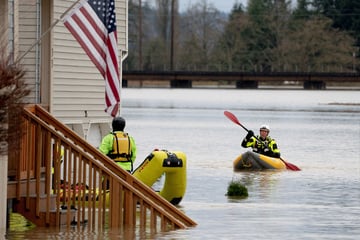Climate change could force over 200 million people to migrate in the next three decades
Washington DC- Climate change could lead some 216 million people in six regions to move within their countries by 2050, according to a new World Bank report.

The second part of the Groundswell report, published on September 13, found that "slow-onset climate change impacts" on water availability, crop productivity and sea-level rise are set to place livelihoods and human well-being under increasing strain.
The analysis builds on a first report published in 2018 - following the same scenario-based modelling approach - which covered Sub-Saharan Africa, South Asia and Latin America, adding projections from East Asia and the Pacific, North Africa and Eastern Europe and Central Asia.
It found that "climate-driven internal migration could escalate in the next three decades," hitting "the poorest and most vulnerable regions the hardest" and threatening to reverse development gains.
According to the report's projections, Sub-Saharan Africa could see as many as 86 million internal climate migrants by 2050, East Asia and the Pacific could see 49 million and South Asia, 40 million.
"Climate change... could force people to migrate in distress. Countries could see an emergence of climate migration hotspots, as early as 2030, which will then continue to intensify and expand," said Kanta Rigaud and Viviane Clement, the report's two lead authors.
"But the window to act is still open. Certainly, cutting emissions and ensuring that development is green, resilient, and inclusive is at the heart of curbing the human cost of climate change."
According to the report, cutting global greenhouse gas emissions and ensuring inclusive and resilient development could reduce internal climate migration by as much as 80 percent.
Cover photo: IMAGO/Pacific Press Agency
